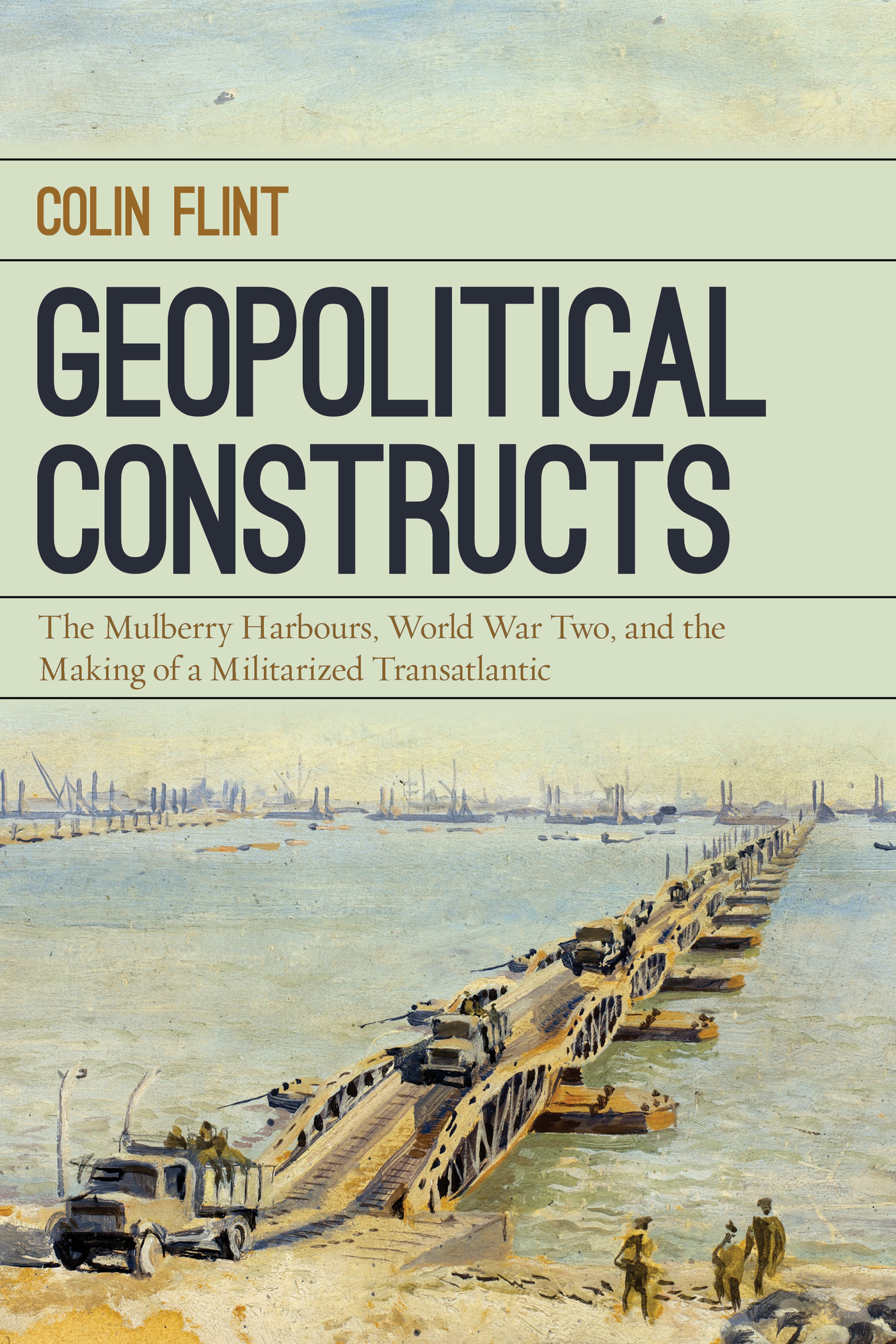Geopolitical Constructs
Geopolitical Constructs
The Mulberry Harbours,
World War Two, and the Making of a
Militarized Transatlantic
Colin Flint
ROWMAN & LITTLEFIELD
Lanham Boulder New York London
Published by Rowman & Littlefield
A wholly owned subsidiary of
The Rowman & Littlefield Publishing Group, Inc.
4501 Forbes Boulevard, Suite 200, Lanham, Maryland 20706
www.rowman.com
Unit A, Whitacre Mews, 26-34 Stannary Street, London SE11 4AB,
United Kingdom
Copyright 2016 by Rowman & Littlefield
All rights reserved. No part of this book may be reproduced in any form or by any electronic or mechanical means, including information storage and retrieval systems, without written permission from the publisher, except by a reviewer who may quote passages in a review.
British Library Cataloguing in Publication Information Available
Library of Congress Cataloging-in-Publication Data
Names: Flint, Colin, 1965 author.
Title: Geopolitical constructs : the Mulberry Harbours, World War Two, and the making of a militarized transatlantic / Colin Flint.
Other titles: Mulberry Harbours, World War Two, and the making of a militarized transatlantic
Description: Lanham, MD : Rowman & Littlefield, [2016] | Includes bibliographical references and index.
Identifiers: LCCN 2016018579 (print) | LCCN 2016025473 (ebook) | ISBN 9781442266674 (cloth : alk. paper) | ISBN 9781442266681 (electronic)
Subjects: LCSH: Mulberry harbors. | World War, 19391945CampaignsFranceNormandy. | GeopoliticsCase studies. | Military planningGreat BritainCase studies. | Military planningUnited StatesCase studies. | World War, 19391945Amphibious operations. | United StatesRelationsGreat Britain. | Great BritainRelationsUnited States.
Classification: LCC D761 .F55 2016 (print) | LCC D761 (ebook) | DDC 940.54/21421dc23
LC record available at https://lccn.loc.gov/2016018579
 TM The paper used in this publication meets the minimum requirements of American National Standard for Information Sciences Permanence of Paper for Printed Library Materials, ANSI/NISO Z39.48-1992.
TM The paper used in this publication meets the minimum requirements of American National Standard for Information Sciences Permanence of Paper for Printed Library Materials, ANSI/NISO Z39.48-1992.
Printed in the United States of America
To the memory of A. E. Page, grandfather and good geopolitical subject
Acknowledgments
This book has taken a number of years to come to fruition. Some individuals have been essential in helping me figure out what the book could and should be. It began with conversations with my Mum and Dad and reflections on their youthful wartime experiences. It was sustained by frequent comments, jibes, and questions from my good friend Richard Mason; and the interested and motivating heckling of John Madsen. The very foundations of the book go back all the way to my time as an undergraduate at the University of Newcastle-Upon-Tyne and the mentoring I received from Peter Taylor and Mark Overton. Peter remains an inspiration to me, and I also benefitted from his and Enids hospitality while conducting research for this book in Newcastle.
The book would not have been possible without the dedicated and professional support of the staff in the archives and records departments of the Imperial War Museum, London, and the Tyne and Wear Archives, Newcastle-Upon-Tyne. Thank you so much.
The artwork on the front cover and the photos for figures 1.1 and 1.2 are reproduced with the permission of the Imperial War Museum. Figures 3.1 and 8.1 are reproduced from Richard M. Leighton and Robert W. Coakley, Global Logistics and Strategy, 19401943, Department of the Army, Washington, DC, 1955. Figure 4.1 is adapted from Michael Harrison, Mulberry: The Return in Triumph, London: W. H. Allen, 1965, p. 183. The source for figure 5.1 is unknown. Table 8.1 is reproduced from Maurice Matloff, Strategic Planning for Coalition Warfare, 19431944, Office of the Chief of Military History, Department of the Army, Washington, DC, 1959, p. 555. Figure 8.2 is reproduced from Committee on Foreign Affairs, Eighty-First Congress First Session: Mutual Defense Assistance Act of 1949, Charts for Use in Connection with Supplemental Report of the Committee on Foreign Affairs on H.R. 5895 (H. Rept. No. 1265, pt. 2).
Initial versions of this project were presented in colloquium series at the University of South Carolina and the University of Washington, as well as to the Political Geography Specialty Group of the Association of American Geographers. The comments and questions I received at these venues are greatly appreciated. I am especially grateful for Julian Minghis thoughtful input and support.
I am appreciative of the financial support for research related to this book given by the College of Liberal Arts and Sciences at the University of Illinois at Urbana-Champaign and the College of Humanities and Social Sciences at Utah State University. I am also thankful for the excellent and dedicated assistance provided by the staff of the Merrill-Cazier Library at Utah State University, especially Becky Thoms and Robert Heaton. Thanks also to the research assistance provided by Mandy Hoggard.
Last but not least anything would be impossible and so much is possible because of Courtney, Doug, and Jack.
Chapter 1
Introduction
The Mulberry Harbours and Ways to Think About War
The D-Day invasions hold a very special place in the memory of western European countries and the United States. Ceremonies to mark the anniversary of the battle are a combination of political theater, national remembrance, and a celebration of the heroism of the soldiers who landed on the beaches. The successful invasion was a vital step towards liberating Europe from Nazism and ending World War Two. We can all conjure up images of the event, either from photos and descriptions from the many books written on the topic, or from the host of Hollywood depictions, from The Longest Day to Saving Private Ryan. Given the amount written about D-Day, and the numerous documentaries and films, it is fair to ask what another book can offer.
I plan to tell a different story about D-Day, a story that does not concentrate on the soldiers who hit the beaches or the admirals and generals who commanded them. I am going to tell a story about D-Day in which engineers, businessmen, and bureaucrats are center stage. In telling the story this way I hope to encourage a different way of thinking about war; one that sees war as an ongoing set of processes in which seemingly isolated acts are part of broader historical developments. I introduce the term geopolitical constructs to understand wars, and other types of geopolitical events, by connecting specific events to long-term and global geopolitical arrangements. The goal is to return the big picture back to geopolitical analysis.
Modern warfare has become total war involving the whole of society. The war had a geographical scope that connected individuals and place-specific events to a global context.
The focus of the story is the construction of the Mulberry Harbours, massive artificial structures dragged across the English Channel in the immediate wake of the invading force. Two Mulberry Harbours were built, one for the American beaches and one for the British. Each was about the size of Dover Harbour. They were made of sunken ships to create a breakwater, and huge concrete and steel structures to provide inner protection from the ferocity and whims of the sea. Sophisticated piers that floated up and down with the tides and extended far out into the sea allowed cargo ships to dock and unload the personnel and equipment needed to sustain the thrust against the might of the German army. They were an engineering miracle that gave the Allies a degree of confidence that they would not be pinned down on the beaches, and would have a secure supply-line to sustain the march towards Berlin.
Next page

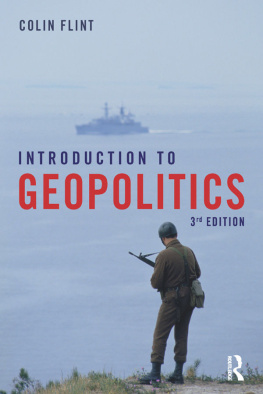


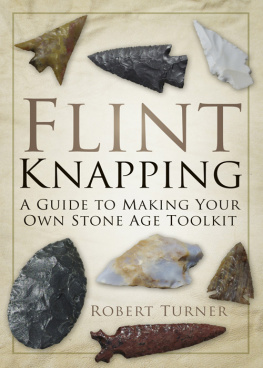


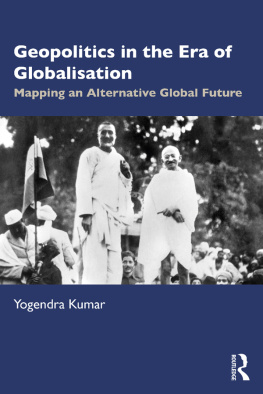


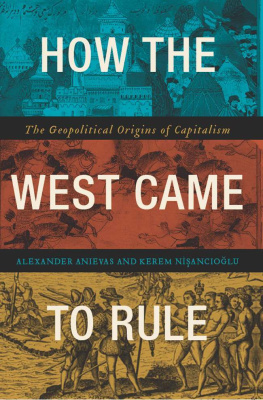
 TM The paper used in this publication meets the minimum requirements of American National Standard for Information Sciences Permanence of Paper for Printed Library Materials, ANSI/NISO Z39.48-1992.
TM The paper used in this publication meets the minimum requirements of American National Standard for Information Sciences Permanence of Paper for Printed Library Materials, ANSI/NISO Z39.48-1992.